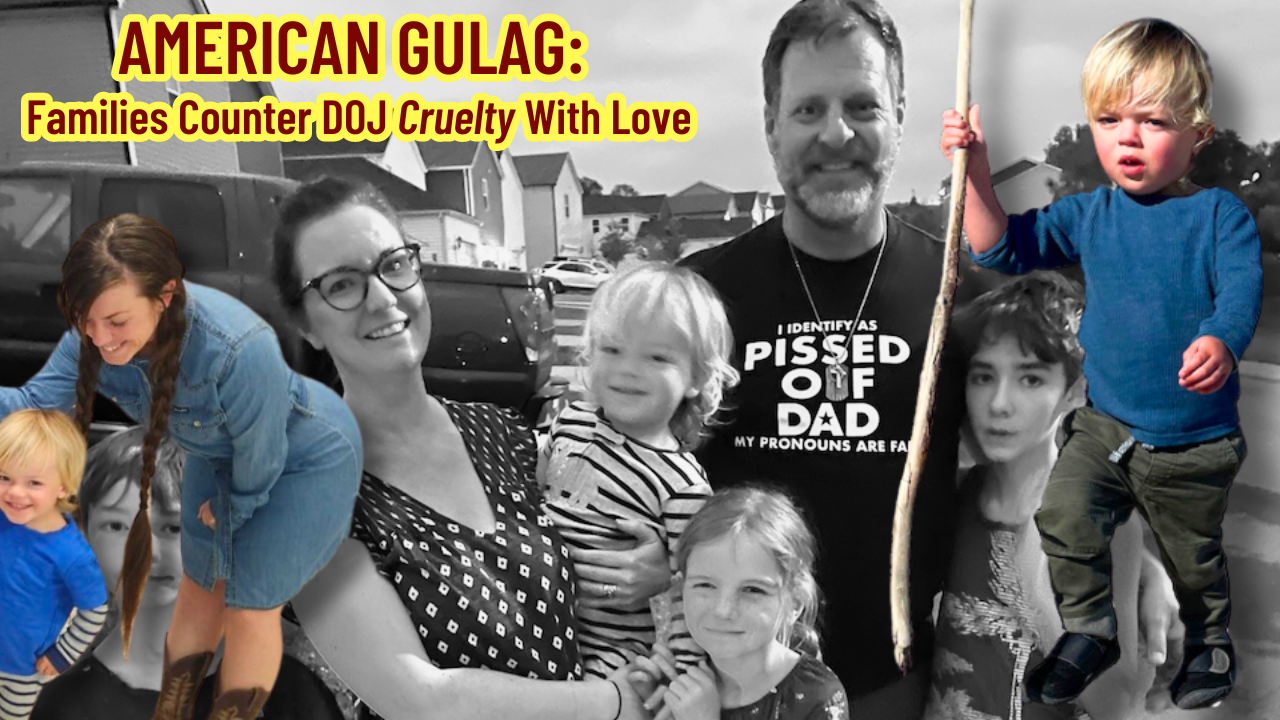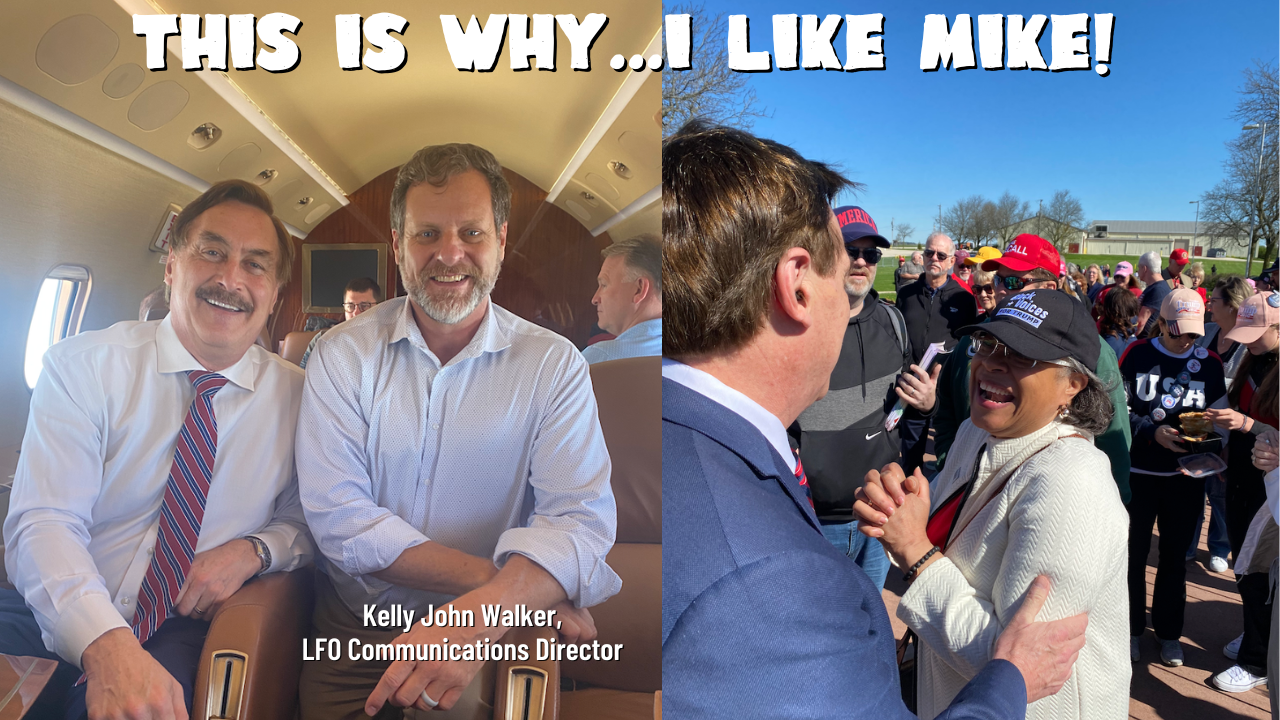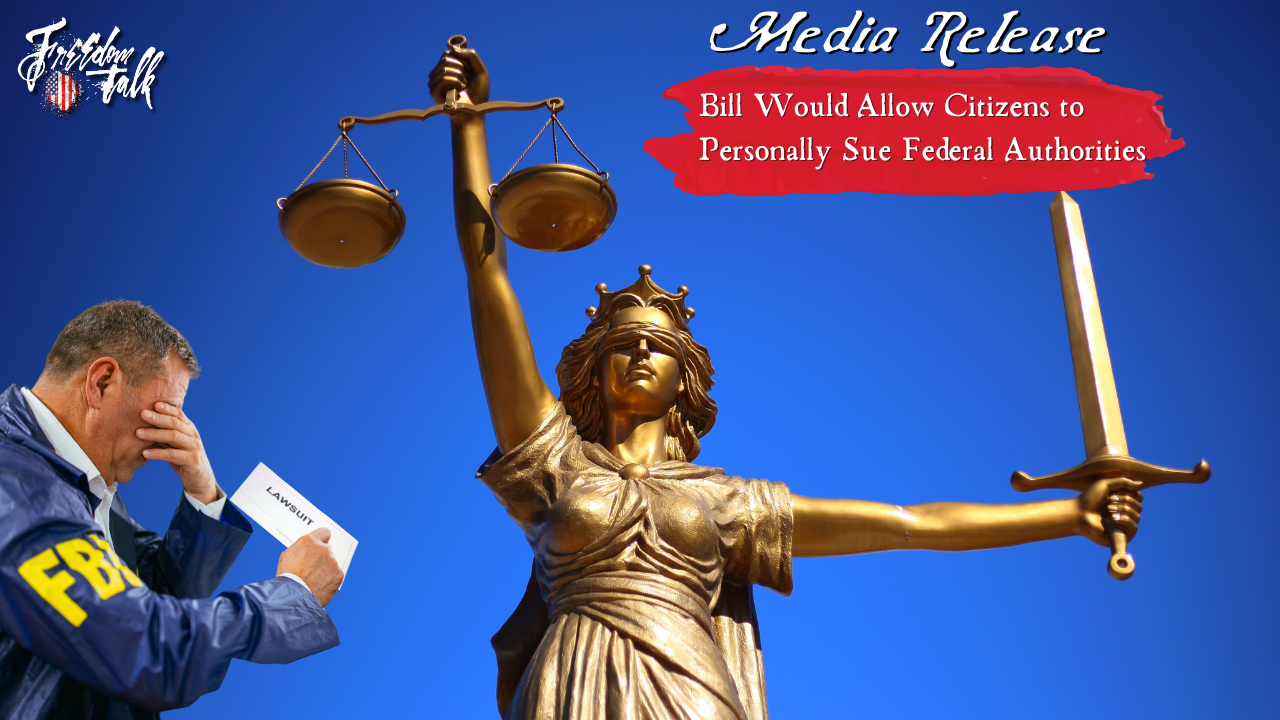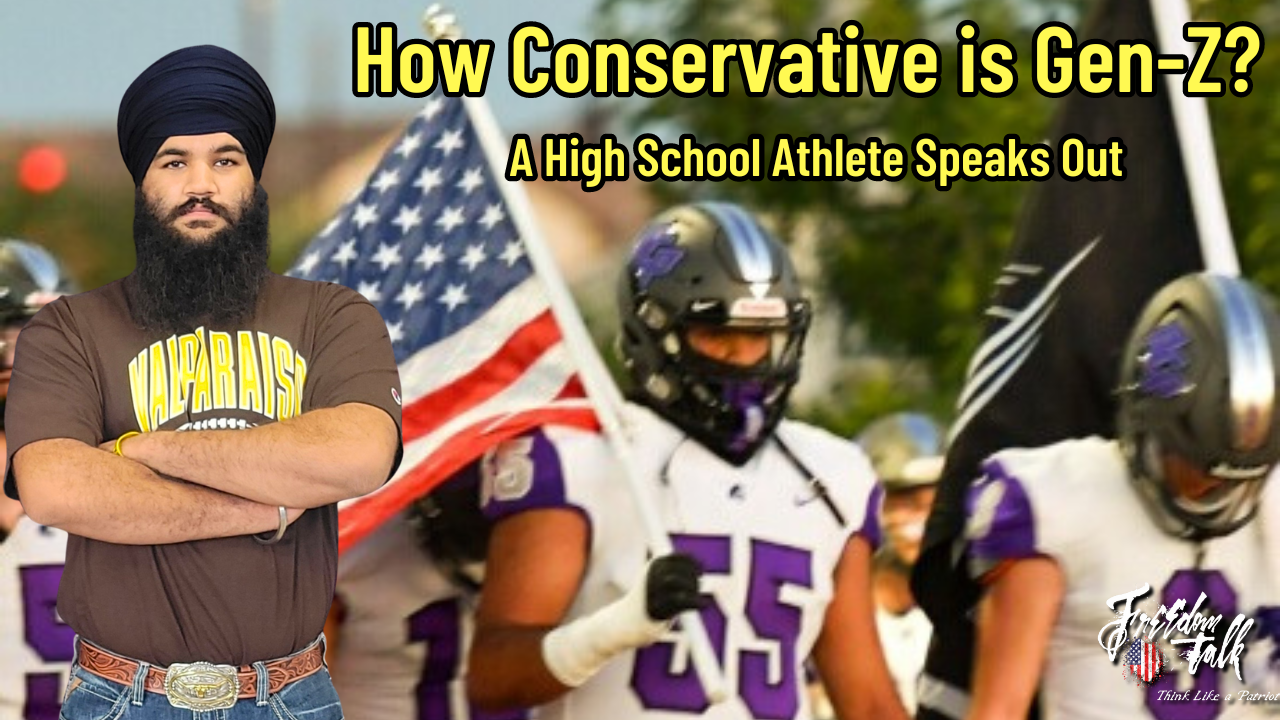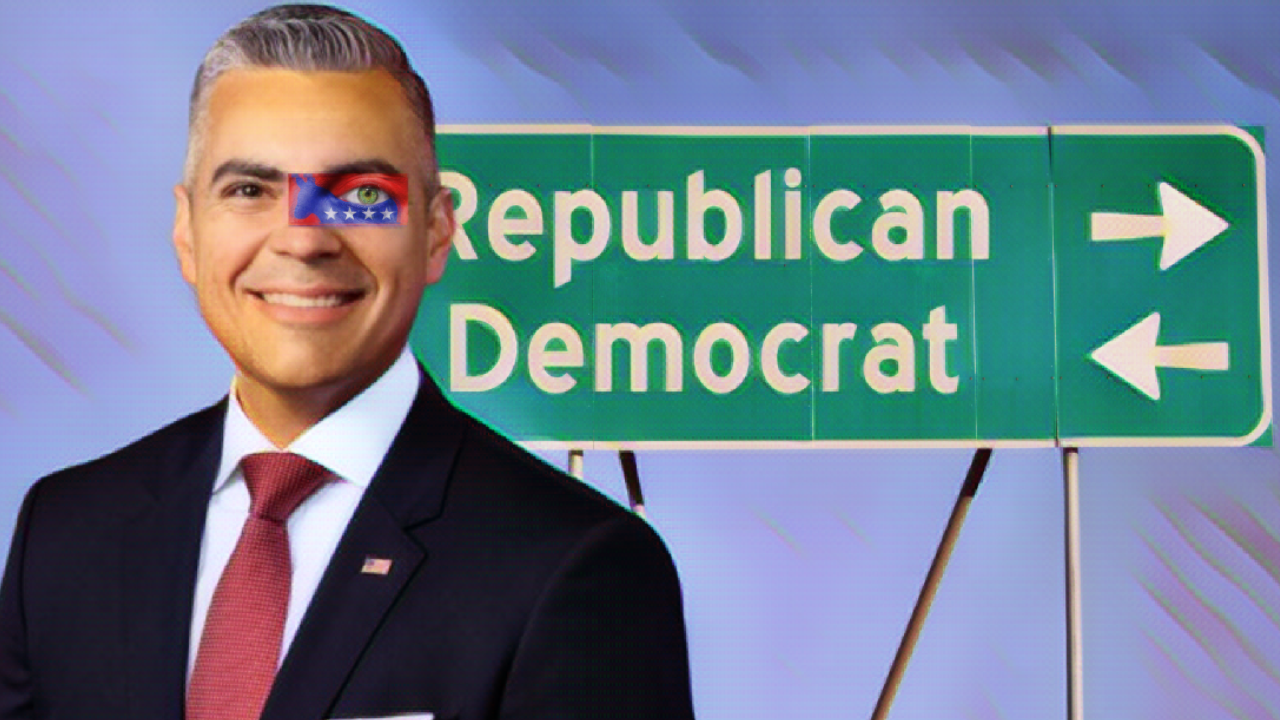Sophie Labelle, a trans cartoonist who has come under fire for creating “diaper fur” fetish art, attacked this reporter after an event in Manchester, England that was part of Labelle’s tour of the United Kingdom.
It’s a Sunday afternoon in the Gay Village of Manchester, and Sophie Labelle, a French-Canadian cartoonist who identifies as a trans woman, is preparing to speak to a crowd of approximately 25 people in a bar. I’m in the audience, and as I glance around the room at the colourful hair and face masks, I wonder what I’ve gotten myself into.
I heard about the event with Labelle, whose is most well-known for the “Assigned Male” comic strips about transgender children, after the feminist news outlet Reduxx reported on another upcoming stop in their tour in Sheffield, and that it had been advertised as “family-friendly.”
If Labelle was simply a cartoonist who writes about trans issues, I doubt there would have been outsized attention on the speaking tour, other than the usual conservative commentators and trans-critical feminists on Twitter. But drawing political comics, albeit ones that defend giving children hormone blockers, is not what provoked the mainstream outrage.
In 2021, it was uncovered that Labelle used their artistic talent to create content under the name of “WafflesArt.” Unlike the “Assigned Male” series, these illustrations involve “drawings of anthropomorphic baby animal characters modelling in diapers, onesies, and behaving like toddlers,” as Reduxx reported.
Disturbingly, one image was discovered of a puppy character wearing a diaper entering a swimming pool. Internet sleuths matched the image up to a photograph of an actual real life baby, which Labelle had apparently used as a reference for the “art.”
As the story goes, Labelle first attempted to come out as a “little.” In this fetish, a “little” is a person who roleplays as a child during sexual encounters. Labelle later admitted they “made some diaperfur art” in a post on Twitter.
“I have a kink I indulge responsibly and I refuse to be shamed for it,” Labelle tweeted. “The people shoving my art and my life into everyone’s face are bad-faith actors looking for an excuse to attack a trans woman.”
Unsurprisingly, Labelle neglected to mention that a number of the critics of their “diaperfur” art were transgender themselves.
Miriam Cates, the Conservative MP for Penistone and Stocksbridge, wrote to Sheffield City Council, who were set to hold the event, and demanded that it either be cancelled, or that there should be an age limit of 18 put on the event.
“I do think it’s odd that we’re having to have this discussion and that anybody is defending the idea of a grown adult with a publicly expressed sexual fetish being allowed to read to children but that said we clearly do need to have this discussion because some people, including the council, are defending it,” Cates said, speaking to LBC last week:
“I think the British public are very tolerant of what people get up to in private and no one’s interested in policing what goes on in people’s bedrooms and in private but it’s not okay to play out sexual fetish in public where children are involved. This is a publicly funded learning space with safeguarding requirements and even the most basic safeguarding checks would throw up red flags, this person would not be allowed in a school for example and I think the issue is less about the comics, although personally I don’t think it’s right to tell children they can be born in the wrong body but its more about this public fetish behaviour.”
With the reports in the mainstream media and backlash on Twitter, a number of places did cancel hosting the tour, including the previous host of this event, the Cross Street Unitarian Chapel, who claimed that there was a risk of “escalating tensions.”
This is all swimming through my head as I sit in the bar waiting for the event to start, and thinking about how I’m going to question Labelle about past behaviour.
It’s at this point that I notice the room isn’t just full of adults. A small boy, approximately 8 years old, is sat in front of me. It was then that I decide to quiz Labelle at the end, as I’m simply not willing to discuss fetish content in front of children.
Eventually Labelle appears, and launches into the talk. They joked that there was no presence of “TERFs” at the event, or as they called them, “Trans Exclusionary Radical Fuckers,” hoping that more turned up to the Sheffield talk the day after. My cover was intact.
Admittedly, most of the talk was boring. Labelle spoke about growing up as a trans person in Canada and the challenges it supposedly posed. Despite the boredom, I sat there with my phone and notebook, and made sure to record anything controversial that they had said.
At one point, Labelle boasts that there was “always a lot of kids” who turned up to hear them speak. “Sorry Miriam Cates, MP of Penis-Town,” the cartoonist laughed.
Labelle also jokes about trans people “invading” single-sex spaces. “They usually say like it’s a full-time thing but for most of us it’s a hobby,” Labelle quips. “After a hard day of grooming children… I like to relax by going to the mall and waiting in line for the women’s restroom.”
J.K. Rowling is mentioned, although not by name. Having been up to Scotland the previous week, Labelle says that when they were in Edinburgh, they could feel “the aura of a very powerful TERF nearby,” which garners laughs from the audience.
The supposed jokes continue, with some that reference violence against women who disagreed with the transgender movement. Labelle recounts that people asked if they were “scared to go to England with all the TERFs.”
They note that there are “super heavy” books that they brought with them to sell to the audience. Holding up one of those books, Labelle declares it “the TERF-smacker. Nobody’s recording this? Good.”
After what seems like forever, the talk finally wraps up, and I get in line to speak to Labelle one-on-one. Around 30 minutes go by before I get a chance to speak. I pull out my phone and begin recording.
This is it. I’m standing toe-to-toe with the famous French-Canadian trans woman, who happens to stand both taller and wider than me.
“I know there’s been controversy surrounding the tour,” I say. “Various things, obviously you mentioned Miriam Cates earlier in your speech, and I know there was controversy around artwork that you had purportedly done. I believe it’s called diaperfur?”
Labelle asks me if they can finish the book signing and merch tour first. To the back of the line I go. I’m happy to oblige, not just because I’m a conscientious person, but because I reason that having fewer people about when I ask the tough questions will probably be a wiser course of action for me to take.
While I’m waiting by the side, one of the attendees brings up the diaperfur content. “That’s actually quite a normal thing in the furry community,” said the attendee. “Yeah, it’s not an issue, they were making it so big,” Labelle insisted. “They’re grasping at straws.”
After about another half an hour, I’m the only attendee left in the room, along with Labelle and a handful of the bar staff. Now is my time to shine.
Not wanting to waste my opportunity, I go for the red meat. I ask about the “diaperfur” drawings again, and Labelle stops me.
“Littles. They used that word diaperfur to make it seem like a thing, you know? The problem, their issue with me is that I was outed as a member of the little community,” Labelle tells me.
“Can you clarify what a little is?” I reply, wanting to get an explanation directly from the artist. At this point, Labelle realizes I’m recording with my phone. I never made an effort to hid it.
“So that’s recording? Are you filming?” Labelle asks. I reply in the affirmative, which they said was “kind of awkward,” and they weren’t “sure” about being filmed. Fine, I think to myself, and point my camera away from them and towards the table. “I’ll just hold it here and we can record audio,” I offer.
Labelle, apparently unhappy with the idea of being questioned by the media, began asking me questions. Who am I? Who do I work for? I don’t give my name, but I say I write for Valiant News, noting that they probably wouldn’t have heard of us, as I’m the sole Brit working for an American outlet.
I then recount the Twitter statement to Labelle. At this point, the video recording fails. Due to my penchant for meme collecting and downloading most of my songs on Spotify, my phone is out of storage. I start recording a voice memo instead.
Labelle recounted their previous statement on the diaperfur art, but I wanted to know specifics.
I asked about the image featuring the young-looking puppy entering into the pool? Yes, Labelle said, admitting to drawing it. Did you use the picture of a real-life baby as a reference? Yes, Labelle confirmed. That’s just what artists do, Labelle justified, after admitting to using an actual baby to create fetish content of an anthropomorphized animal in a diaper.
At this point, I’ve heard all I need to. That’s my story. It’s time to leave. I attempt to end the conversation, but I can sense hostility. I move towards the door, but Labelle asks me to stay.
Labelle now wants to know my name, so I give them a fake one. I knew my identity would be known eventually, of course, but I’m under no obligation to make the task easy.
I cheerfully wish Labelle luck on the rest of the U.K. tour and move to leave, heading down the short flight of stairs and out the door. But Labelle’s not having it.
The French-Canadian jumps out of a chair, follows me, and grabs my arm, demanding to see some identification, apparently willing to detain me until I comply.
I shake the furry cartoonist off and swiftly exit. I can hear loud complaints about what just happened – clearly Labelle didn’t expect tough questions.
Not eager to stick around, I move quickly down the busy, public street. A few hundred yards away from the building, my heart beating in my throat, I assume I’m in the clear.
The next thing I know, the French-Canadian cartoonist is right on top of me. I’m taken completely by surprise, as I hadn’t heard anyone following. Labelle has a phone out, trying to get my face in pictures, in what I immediately perceive as an attempt to harass me – and make me a target online – for daring to ask questions.
Labelle then grabs me, and tries to yank my reporter’s notebook out of my hand. There’s nothing important in it, merely a few quotes of what Labelle wrote on Twitter. I wanted to get the comments exactly right under questioning. Regardless, I’m not having my property stolen by Labelle – or anyone – as a point of principle.
Now Labelle is grabbing me and trying to stop me from going home. I loudly shout for the cartoonist to get off of me, and silently wish I could get my phone out and film the attack.
I’ve never been physically accosted before. I’ve come close, but I didn’t expect my first instance of assault to happen just for doing my job. Or for my first tussle to be instigated by a transgender woman.
Unfortunately, Labelle made a crucial mistake by following me in public. It’s all happening in front of a crowd of witnesses at the bus stop across the street. Sensing safety in numbers, I try and make my way over, even with Labelle’s hands still on me and my notebook. We approach the crowd as one tangled mess.
One woman is watching the events unfold, and while Labelle is screeching that I was somehow “harassing them” while hanging onto my personal belongings and grabbing at my person, this poor bystander asks who owns the notebook.
“It’s mine,” I say. I explain that I’m a reporter, and I’m currently in the process of being attacked for quizzing a public figure about controversial things they’ve said and done.
This woman tells Labelle to give me my notebook, and threatens to call the police for theft if they don’t give it up. At this point, Labelle releases my property.
Listen to audio of the woman confronting Labelle:
I’m now separated from Labelle for the first time since the cartoonist attacked me from behind, and I use the opportunity to move toward the crowd, and away from the person who followed me down the street, grabbing me and my belongings.
Apparently satisfied that the immediate threat of police intervention was over, Labelle continues to get in my face, filming me while still crying harassment.
Now that there’s some distance between us, I start to recover a little from the shock. My brain is beginning to process that I’ve been attacked. My heart is thumping and mouth is completely dry.
At this point the woman at the bus stop is shouting at Labelle for attacking me, noting the obvious size difference between the two of us. For the record, I’m only 5’8″, while Labelle is considerably taller, and almost certainly heavier.
Now involved in a public shouting match with a bystander, Labelle declares the woman who witnessed the attack is being “loudly transphobic,” and turns the phone camera towards to her. After a short argument, with the woman again ready to call the police on Labelle, the cartoonist finally slinks away into the evening.
I’m free. My legs feel like jelly, and I lean up against the side of the bus stop.
“What the hell just happened,” I think to myself. I gather my composure, and my female backer asks if I’m okay. I explain the entire situation to her, and show her the crowd of people assembled at the bus stop an example of Labelle’s so-called art. A murmur of disgust erupts.
I delete a couple old memes and videos from my phone to free up a bit of storage, and I ask the woman who came to my defense if she would be willing to give me a statement recollecting what she saw, to which she is more than happy to oblige:
“I was just waiting at the bus stop. This man, blatantly a man as well, because all of that strength was just physically attacking you, and trying to take your work off you, grabbing you, pushing you about, dragging you down the street, and I’m not standing for that. Anyone that uses things like that as an excuse. We’ve all been through sh*t, we’ve all got mental health issues in this day and age. There’s no excuse to use that to inflict violence on people. I don’t care if I’m called transphobic. I’m not going to stand there, I don’t even know which gender they see themselves as. I saw you being attacked, and I was going to step in.”
Listen to the woman recount what she witnessed:
While she told me that she was happy to have her name printed, I’m choosing to keep her identity private, as I don’t believe the risk of opening her up to potential harassment from extreme members of the transgender community is a fair reward for intervening and helping stop a random stranger from being attacked.
I thank her and collect her number, in case I need her to back up my story in future, and make my way to the coach station across the street, just happy to be somewhere inside and safe. I summon an Uber and make my way home. As I open the door, my phone immediately dies. I once again regret not taking my power bank.
I wake up on Monday morning to a message from a friend, who directs me to a post on Labelle’s Facebook page, talking about the event, and more crucially, me:
“Tonight in Manchester was lovely. We had to change the venue at the last minute because of threats, and I could tell people were nervous. I’m so glad everyone came. Except that one person (just found out he writes for a far-right propaganda website) who gave me a false name and pretended to be a journalist to ask me offensive questions, filmed the event without permission and literally ran away after I asked for his credentials. I managed to get his picture so I can report him for harassment.”
Further down in the comments, Labelle celebrates the fact that they’ve identified who I am, and asks their commenters what they should do with the information. A good number gleefully declare that I should be doxed.
Others declare that I should be reported to the police for “harassment.”
This is, of course, incredibly ironic. Outside of their twisted reality, it’s not a crime to ask someone why they’ve drawn images of child-like animals wearing diaper. It is a crime to attack somebody on the street for doing so.
You won’t be surprised to learn that Labelle completely failed to mention in their Facebook post that they chased me down the street and attacked me in public. According to the UK Sentencing Council, what happened to me could fall under the criminal definition of common assault.
As I mentioned, Labelle was recording the entire altercation. Rather than posting it and allowing viewers to see what really happened, Labelle is crafting a narrative.
On Tuesday, Sheffield Live reported that counter-protestors for Labelle’s Monday event claimed that Sophie was being “threatened with violence.” The only violence that was inflicted on someone at this event was against me.
As Labelle is planning to leave the country shortly, it may be a waste of police time to report what happened to me. However, after they shared their fictitious version of events, I’m wondering if they couldn’t use a good dose of reality…
This news and commentary by Jack Hadfield originally appeared on Valiant News.



